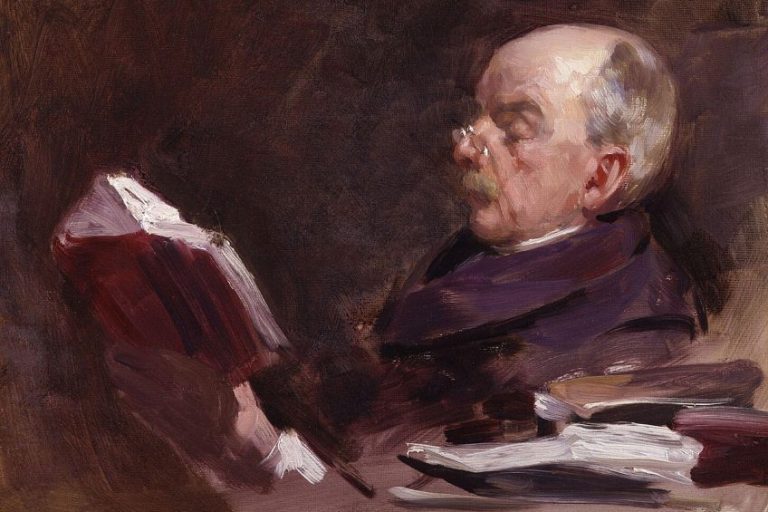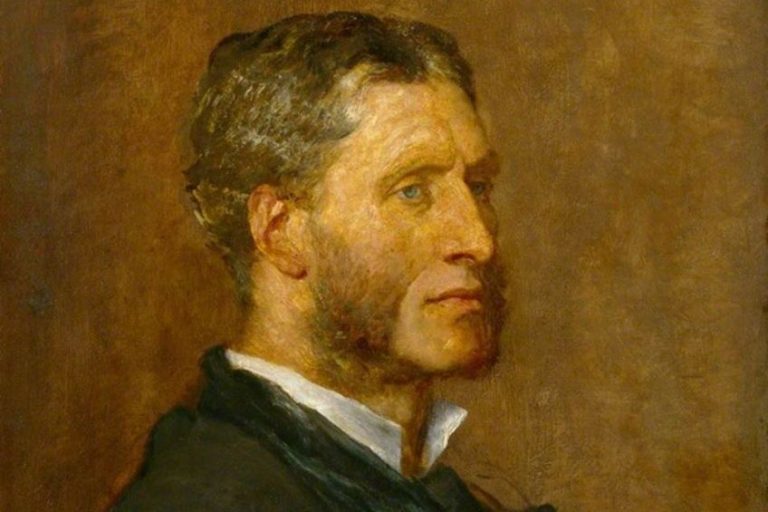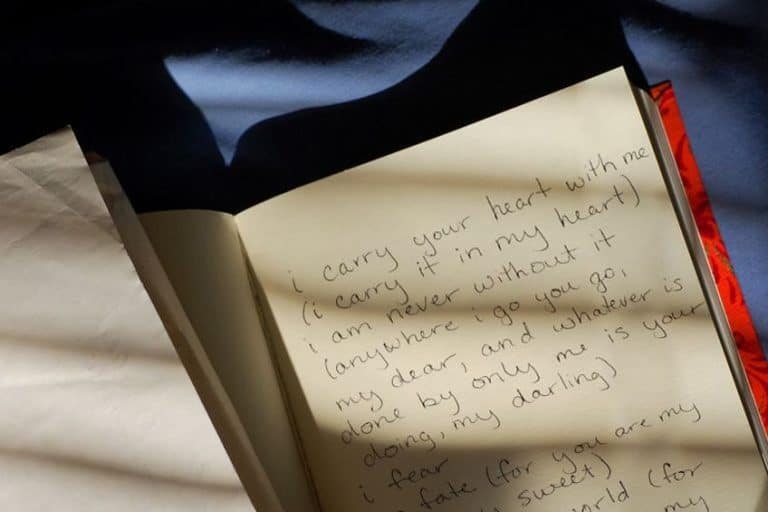“Sonnet 130” by William Shakespeare – An In-Depth Analysis
William Shakespeare is well known for a vast array of poems and plays. While he did write a number of poems that were not sonnets, he is generally remembered for his sonnets specifically. Today, we will be having a look at one of his most interesting sonnets, and that is Sonnet 130. This sonnet is also often known as My mistress’ eyes are nothing like the sun. So, if you want an answer to the question, “What is Sonnet 130 about?”, look no further! We will explore this in-depth in our Sonnet 130 analysis below.
Table of Contents
Sonnet 130 by William Shakespeare
| Date Published | 1609 |
| Type of Poem | Shakespearean sonnet |
| Rhyme Scheme | ABABCDCDCEFEFGG |
| Meter | Iambic pentameter |
| Topic | Beauty |
There are so many different examples of poems about love, including those by William Shakespeare, such as Shall I compare thee to a summer’s day? that uphold a near-impossible ideal of beauty. This idealized form is something that is generally unattainable, and yet it is espoused by countless poets who view beauty in a muse-like way. However, the occasional poem comes along that entirely breaks that apart.
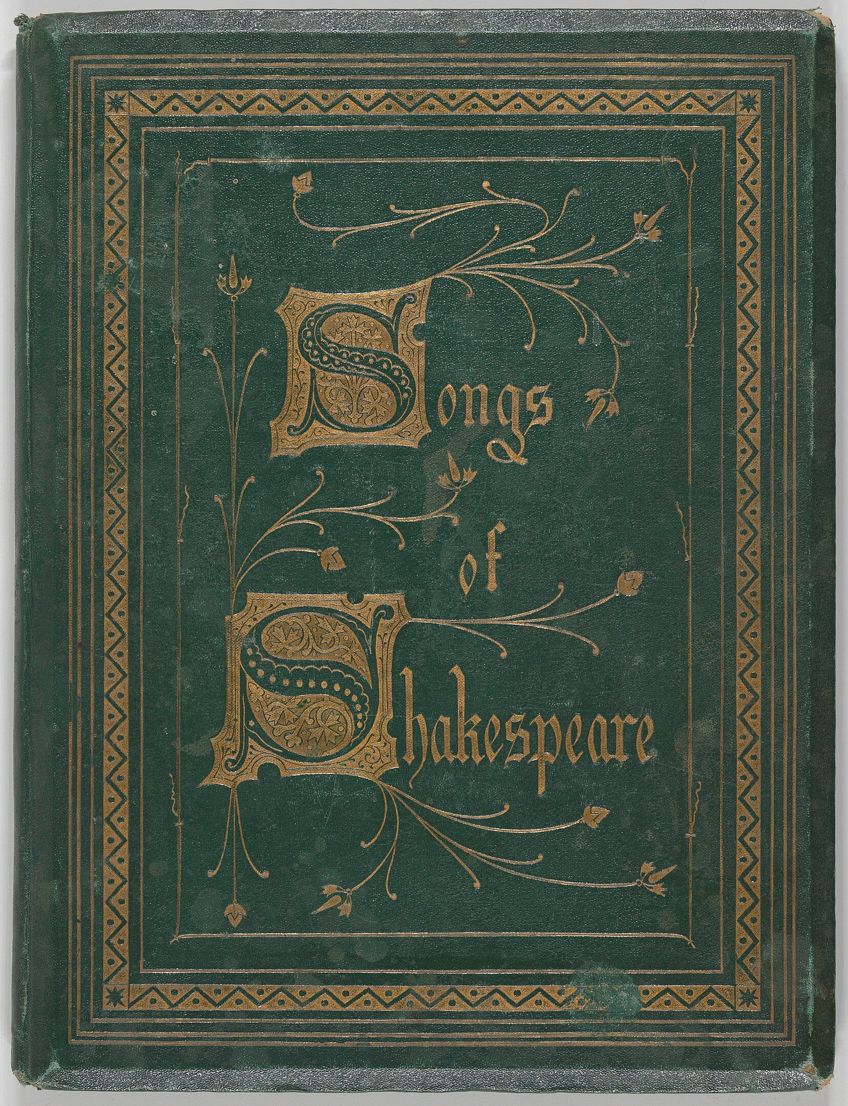
In terms of Sonnet 130 by William Shakespeare, this is exactly the case. This poem serves as a means of satirizing the very ideals of beauty that figures like Shakespeare himself often upheld. It is a beautiful poem for this very reason. It sees someone as beautiful in a way that many poems, especially of the era, did not express. So, before we dive into our Sonnet 130 analysis, let’s first have a look at a few summary points.
Sonnet 130 Summary Points
If you truly want to understand My mistress’ eyes are nothing like the sun, we will need to engage in a full Sonnet 130 analysis, but not everyone has time for that. For those who don’t necessarily have the time, let’s instead first have a look at a few summarized points that may help:
- Sonnet 130 is a poem about beauty. This poem discusses various aspects of the appearance of a woman, but it focuses on the other side of beauty: ugliness. This still means that it is a poem about beauty, and the poem ultimately concludes by referring to a more inner beauty.
- Sonnet 130 is a satirical take on other poems about beauty. While many poems about beauty focus on a highly stylized interpretation of beauty, Sonnet 130 is instead concerned with breaking down this idealized version of beauty. In many ways, this poem mocks the usual way in which poems about beauty are written.
- Sonnet 130 can come across as mean-spirited. The way in which Shakespeare describes the woman who is being discussed in this poem can be construed as extremely rude. While the conclusion of the poem is far more positive about this woman, the mean-spirited language before that conclusion may turn some off the poem.
These few summarized points should help for those who do not have the time for our full Sonnet 130 analysis. However, if you do want to have an answer to the question, “What is Sonnet 130 about?”, you will need to keep reading.
And we will start that analysis with a brief look at the man behind it all.
Biography of William Shakespeare
| Poetic Movement | Elizabethan |
| Years | 1564 – 1616 |
| Place of Birth | Stratford-upon-Avon, United Kingdom |
| Known For |
|
William Shakespeare is one of the best-known writers of all time. The influence that this figure exerted on the English language is impossible to overstate. There are a multitude of new words and phrases that were either invented by Shakespeare or appeared in his texts for the first time. He has often become seen as the national poet of the English people and the language as a whole.

His immense fame and influence on the language and literature, in general, has earned him the title “the Bard”, and this is a fitting title. He was a poet, playwright, and actor, and while he is often best known for the many plays that he produced, he also wrote many of the most famous sonnets in the English language. Today, we’re going to check out one of the most famous of all the poems that he wrote.
A Note on Naming Conventions
If you are curious why this poem has mostly been referred to as “Sonnet 130” in this article, it’s because that is what the poem is actually called. William Shakespeare did not name his sonnets. Instead, they are all numbered. However, regardless of this, they have come to be known by the first line in each of the poems. For this reason, we often know this particular poem as My mistress’ eyes are nothing like the sun rather than Sonnet 130.
However, we will refer to both of those names throughout this analysis. And, speaking of our Sonnet 130 analysis, let’s get started.
An In-Depth Sonnet 130 Analysis
When it comes to an analysis of any Shakespearean sonnet, there are a few things to always remember. This is because he did not exactly vary his style of poetry from one sonnet to the next. For this reason, they are all Shakespearean/Elizabethan sonnets, and this means that they come with a specific rhyme scheme. In this case, the rhyme scheme is ABABCDCDEFEFGG.
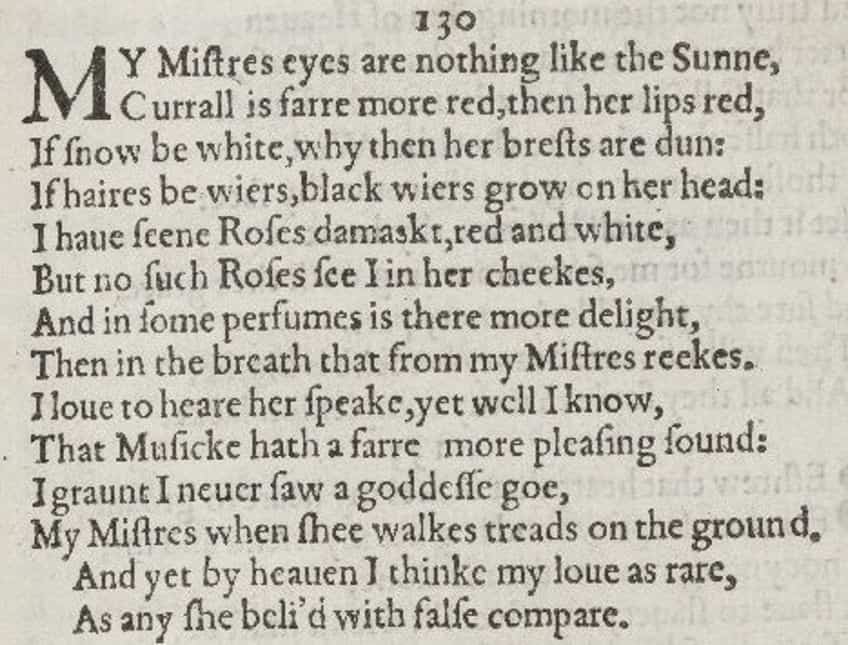
On top of this, William Shakespeare is best known for writing his poetry in iambic pentameter. This is a metrical structure in which there is a specific beat. In this case, the beat is an unstressed followed by a stressed syllable. In addition, these syllables are in five pairs for a grand total of ten syllables per line. These are the basic elements of the analysis of any Shakespearean sonnet, and one should always remember them when diving into an analysis.
However, it’s now the time for the deeper dive! This time with a little more purpose. We are going to perform an in-depth Sonnet 130 analysis. We will perform this analysis by examining each of the quatrains of the poem before finally ending off with the final couplet of this poem.
So, let’s get going with our My mistress’ eyes are nothing like the sun analysis.
Quatrain One
My mistress’ eyes are nothing like the sun;
Coral is far more red than her lips’ red;
If snow be white, why then her breasts are dun;
If hairs be wires, black wires grow on her head.
The very first line of the poem is where we are introduced to this idea of the mistress. She is stated to be his mistress, but this does not mean she is a wife or anything of the sort but rather someone whom the speaker sees as connected to him. And that first line also opens with the motif that will be a recurring feature of this poem: the use of unflattering comparisons to natural images.

The first image is that of the sun, and we are told that her eyes are not like the sun. This indicates that they do not glow. They are not vibrant and powerful. They are not special in that sense. There is little in this mistress that differentiates her, or at least by this point in the poem. The next line continues this idea.
The next comparison is between her lips and coral. It states that coral is far redder than her lips will ever be. This is the use of the natural image of something that we generally accept to be beautiful, coral, and it is applied to her body. This is a common feature in many poems about beauty, except that many poems about beauty will use these comparisons in a favorable sense. For instance, imagine if the poem had stated that her lips were like coral. That would be more what we would expect from a poem about beauty.
But the subversion found in this poem started with the very first line of Sonnet 130 by William Shakespeare.
The next line is yet another of these comparisons. This time around, it uses the image of pure white snow. Something that is usually seen as absolutely stunning. But it is used to say that while snow is gorgeous and white, her breasts are dull. The word “dun” is a rather old one, but it does not have any sense of positivity to it. These first few lines have appeared immensely insulting toward this woman.
And the next line is just as seemingly mean-spirited. This time, it refers to her hair, but not as something gorgeous that flows in the wind and is caught upon the breeze as if spied in a dream. No, these hairs are like black wires. They are not attractive, and they are not beautiful things that can be adored. The first quatrain comes to a close, and we have so far been presented with a very plain image.
Quatrain Two
I have seen roses damasked, red and white,
But no such roses see I in her cheeks;
And in some perfumes is there more delight
Than in the breath that from my mistress reeks.
The image of plainness persists in the second of the three quatrains of the poem. Now, we are given the image, in the first two lines, of roses. The speaker says that he has seen stunning red and white roses, and they are gorgeous things. However, her cheeks are not like them. She does not have rosy cheeks. Instead, we can probably assume that her cheeks are dun, like her breasts were described in the previous quatrain.

The first image is spread over two lines, and the same is true of the next image. While the first quatrain used one image per line, this quatrain has used a more enjambement style to present longer, and often meaner, statements on this mistress that the speaker is discussing. The second image uses the idea of perfume.
Many love poems mention the smell of a person. They smell lovely, like flowers! This image appears to evoke a similar idea. The first two lines in the quatrain specifically mentioned roses. However, we are, once again, given a mean image, and because of the contemporary connotations of this word, this is probably the line that sticks out the most to contemporary audiences, because the speaker states that her breath “reeks”. The use of the word “reeks” does not necessarily mean that her breath is foul-smelling, but there is a direct comparison between the smell of perfume and her breath. So, her breath, in comparison to perfume, reeks.
This is a very unpleasant image, but because of what has come before, it is unlikely that this means she smells. It is just another way of stating that she is rather average.
Quatrain Three
I love to hear her speak, yet well I know
That music hath a far more pleasing sound;
I grant I never saw a goddess go;
My mistress, when she walks, treads on the ground.
The last of the quatrains opens with a change. We are now given the idea that he loves her. He has spent the entire poem being rather rude to and about her, but we are suddenly given this image of love. He uses this love to state that even though her voice is not like music, which is yet another negative image, it is one that he loves to hear. He knows that her voice is not magical and beautiful, yet he adores it.

The last two lines, which form one image, continue this switch toward positivity. However, it does so by calling attention to the more traditional kind of love poetry. He explicitly states that this mistress he so loves is not an angel. She does not glide through the air as if held aloft by divine powers because of her immense and unfathomable beauty! Instead, she is a person. She walks on the ground. She is not special. Or at least, she is not special in a more objective sense that many poems about beauty would have us believe about certain people. We have now seen the shift in tone, but the final couplet is what brings it all together. This is common in many Shakespearean sonnets, and it applies here too.
It is time for the final words of the poem, and they are the most beautiful of them all because they do not focus on the impossibility of beauty, but rather on the subjective reality of it.
Final Couplet
And yet, by heaven, I think my love as rare
As any she belied with false compare.
The last two lines of this poem speak from the first-person perspective to state that his love for her is a rare thing that he cherishes. There is no point to these false comparisons that are often made in poems about beauty. She does not have angelic hair, perfect skin, rosy cheeks, or a musical voice. She is a person. He loves her for the person that she is rather than the person that is usually discussed in poems about beauty. She is not idealized, she is real.

This is the end of the poem and the conclusion of our in-depth Sonnet 130 analysis. This poem is a criticism of sorts of the usual way in which beauty is discussed in many poems about beauty. One does not need to be some gorgeous creature beyond all compare to be beautiful to someone else.
This poem shows this in a stunning way, and it remains one of the best poems ever written by William Shakespeare.
The Themes of Sonnet 130 by William Shakespeare
Some of the main themes that you will find in Sonnet 130 by William Shakespeare include, of course, beauty and an examination of it. However, this central theme incorporates a number of other thematic elements around it. For instance, like many examples of poems about beauty, the poem serves as a means of expressing love and adoration as well as celebrating the beauty of that person.

Regardless of these more traditional elements, Sonnet 130 by William Shakespeare is far from traditional in its presentation of these themes. Instead of focusing on an idealized version of some kind of perfect beauty, this poem examines how subjectivity falls into our ideas of beauty. Someone may not be beautiful in the more typical and traditional understanding of the word, but they are beautiful to us. This is the primary idea around which this poem is based.
Today, we have examined one of the best-known poems in the English language. This Sonnet 130 analysis has also included a look at the author behind it all, a separate look at some of the themes of Sonnet 130 by William Shakespeare, and a brief word on the naming conventions of the poetry collection in which this sonnet is found. Hopefully, this has provided a good and detailed understanding of Sonnet 130 by William Shakespeare for those who were unfamiliar with it before. However, there are many other Shakespearean poems out there that are also worthy of a good reading!
Frequently Asked Questions
What Is Sonnet 130 by William Shakespeare?
This is one of the best-known Shakespearean sonnets. This poem is a satirical take on poems about beauty, and it can be seen as something of a mocking poem. It instead focuses on inner beauty rather than the kind of idealized beauty that is often found in many examples of poems about beauty.
Who Is William Shakespeare?
This figure is still seen as one of the most important in the history of the English language. He was a poet and playwright, who also worked as an actor, and he had a massive impact on English literature. His work includes many words and phrases that were never seen before, and so he either invented or recorded them for the first time.
What Is Sonnet 130 About?
This sonnet is about a woman known as the Dark Lady. She is a figure who is the object of several sonnets in the collection of Shakespeare’s work. He compares her, unfavorably, to various beautiful things to instead focus on a more inner beauty that she exhibits. This is a satire on traditional poems about beauty, and, thanks to the language used, it can come across as mean-spirited at times.
What Are Other Famous Poems by William Shakespeare?
The poems of William Shakespeare are actually numbered, but we will mention a few of his most famous sonnets by the names they are best known by, which were all published in the same 1609 collection: Shall I compare thee to a summer’s day, Let me not to the marriage of true minds, and Weary with toil, I haste me to my bed. However, he wrote many other famous poems, but this has been a tiny selection of his many sonnets.
What Are the Themes of Sonnet 130 by William Shakespeare?
The principal themes of this immensely famous Shakespearean sonnet include beauty, love, a celebration of inner beauty, and subjectivity of perception. This is a stunning poem that explores beauty in an unconventional way.
Justin van Huyssteen is a freelance writer, novelist, and academic originally from Cape Town, South Africa. At present, he has a bachelor’s degree in English and literary theory and an honor’s degree in literary theory. He is currently working towards his master’s degree in literary theory with a focus on animal studies, critical theory, and semiotics within literature. As a novelist and freelancer, he often writes under the pen name L.C. Lupus.
Justin’s preferred literary movements include modern and postmodern literature with literary fiction and genre fiction like sci-fi, post-apocalyptic, and horror being of particular interest. His academia extends to his interest in prose and narratology. He enjoys analyzing a variety of mediums through a literary lens, such as graphic novels, film, and video games.
Justin is working for artincontext.org as an author and content writer since 2022. He is responsible for all blog posts about architecture, literature and poetry.
Learn more about Justin van Huyssteen and the Art in Context Team.
Cite this Article
Justin, van Huyssteen, ““Sonnet 130” by William Shakespeare – An In-Depth Analysis.” Art in Context. November 29, 2023. URL: https://artincontext.org/sonnet-130-by-william-shakespeare/
van Huyssteen, J. (2023, 29 November). “Sonnet 130” by William Shakespeare – An In-Depth Analysis. Art in Context. https://artincontext.org/sonnet-130-by-william-shakespeare/
van Huyssteen, Justin. ““Sonnet 130” by William Shakespeare – An In-Depth Analysis.” Art in Context, November 29, 2023. https://artincontext.org/sonnet-130-by-william-shakespeare/.




